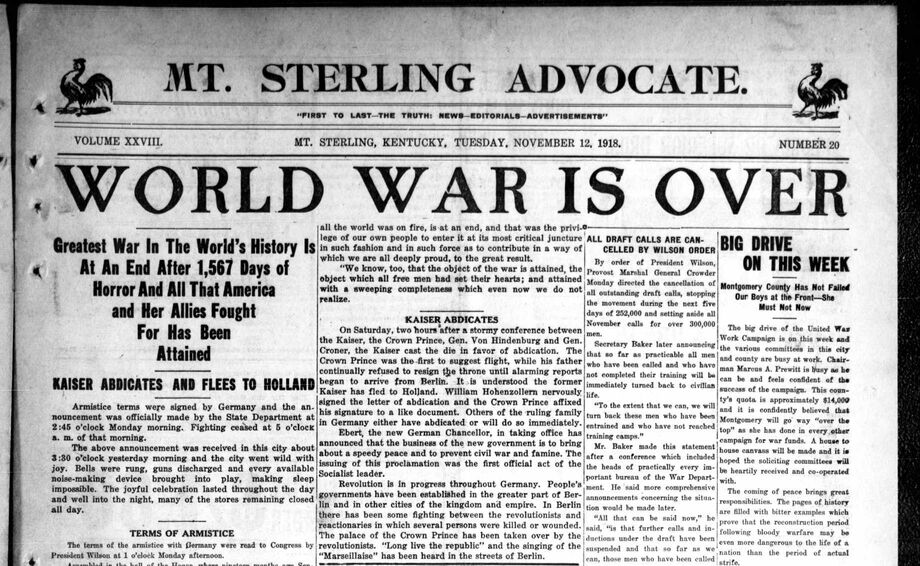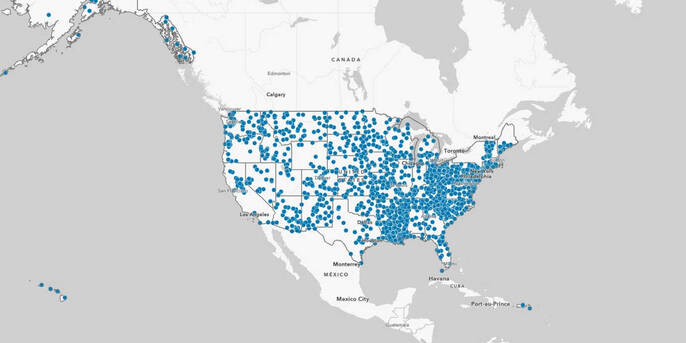
Users of Chronicling America can view newspapers published throughout the United States, between 1789 and 1963. Image courtesy of the Library of Congress.
A partnership between the Library of Congress and the National Endowment for the Humanities, the National Digital Newspaper Program documents the history of the United States from 1763 to 1963 through a searchable database of local newspapers. Also called Chronicling America, the project comprises one of the Library of Congress’s largest digital collections, with more than 22 million pages of culturally significant newspapers from all 50 states, as well as Puerto Rico, the U.S. Virgin Islands, and Washington, D.C.
Whether you want to research your family history or view front pages reporting the sinking of the Titanic, Chronicling America sheds light on historical events and perspectives, making them available to anyone with internet access. With new states joining the effort each year, the database is continually becoming more comprehensive. During the 2017 fiscal year alone, the Library of Congress reported nearly 39 million page views and 3.6 million visits to the collection. To make the collection accessible for younger users, the Library of Congress, the National Endowment for the Humanities, and many state partners have developed K–12 curricula that use the database.
pages of newspapers digitized by Chronicling America.
of Chronicling America project directors indicate that the program generated further digital initiatives.
For historians of American history and other researchers, Chronicling America has become an indispensable tool, with more than 5400 citations in Google Books and Google Scholar combined. And the database has been used in groundbreaking research. “An Epidemiology of Information,” another NEH-funded project, mined the Chronicling America database to map the spread of public health information during the 1918 Spanish Flu epidemic. The information garnered during this project about successfully broadcasting information during a public health crisis was presented at the National Institutes of Health.
The benefits of the National Digital Newspaper Program extend far beyond the collection stored by the Library of Congress. Each state’s contributions to the program are managed by a local partner, often the state historical society, library, or a public university. The program has had outstanding success in building the capacity of its state partners to take on new digital projects. In a 2015 program evaluation undertaken by the NEH, 93 percent of project directors indicated that the program helped to generate other digital initiatives in their states. Twenty-one percent of the project directors described this increase as “unprecedented.” The program encourages collaboration between states and between state entities and smaller libraries and archives. And after receiving NEH funding, many state partners go on to build even more extensive digital newspaper databases on their own: by 2015 University of North Texas had contributed more than 2 million newspaper pages to the program, far more than the initial 100,000 pages requested of each state partner.
